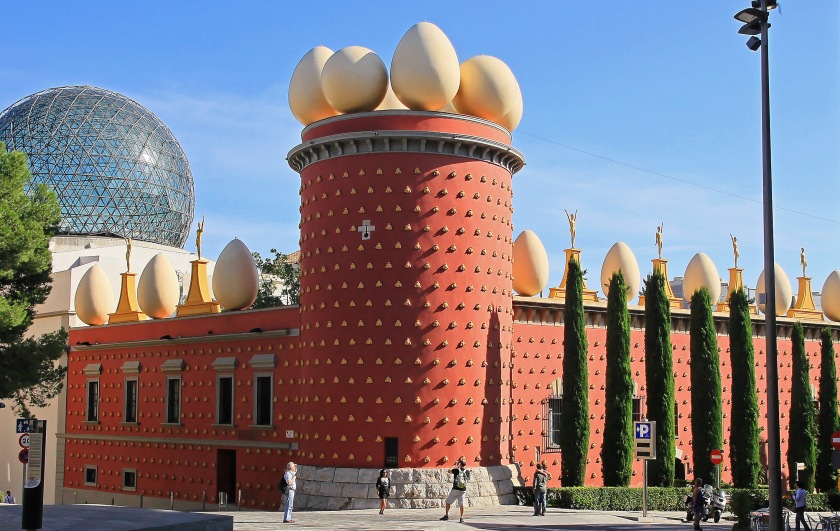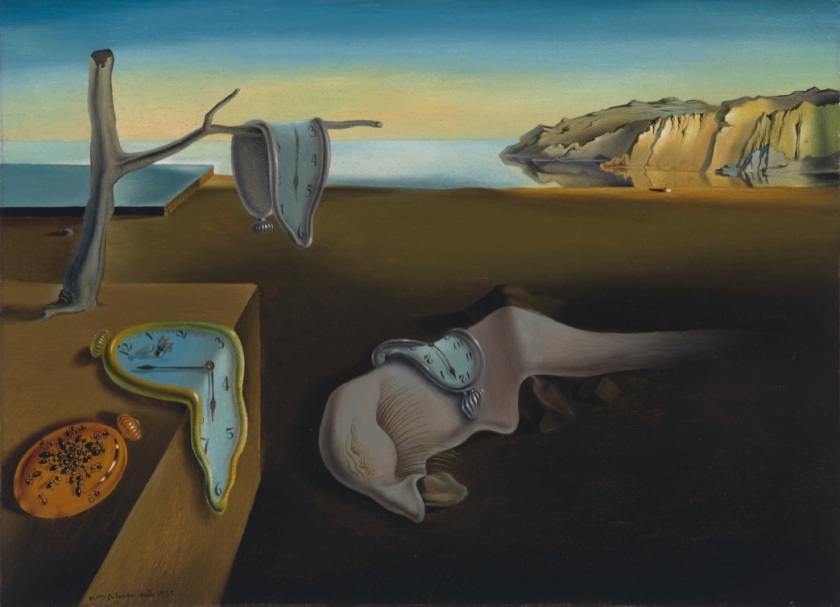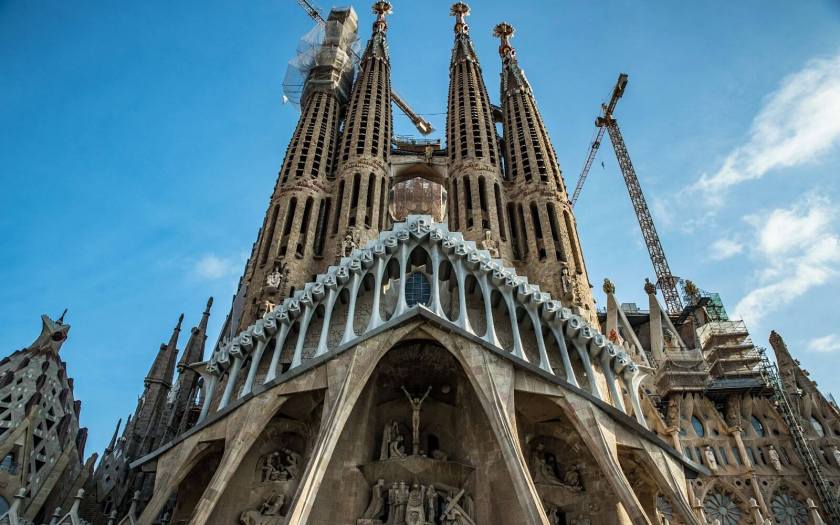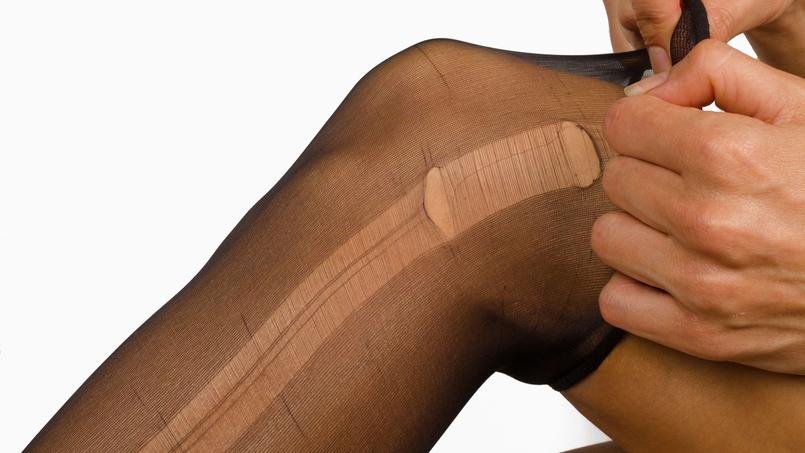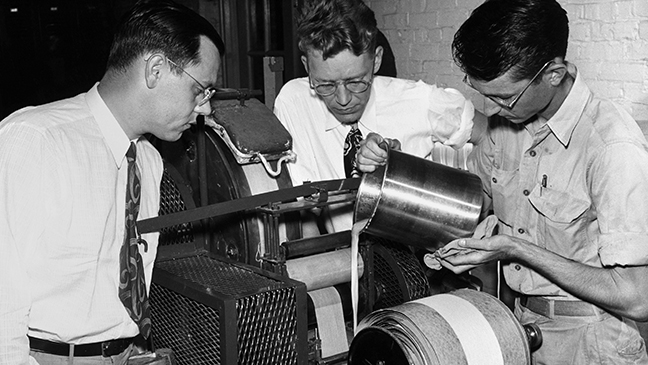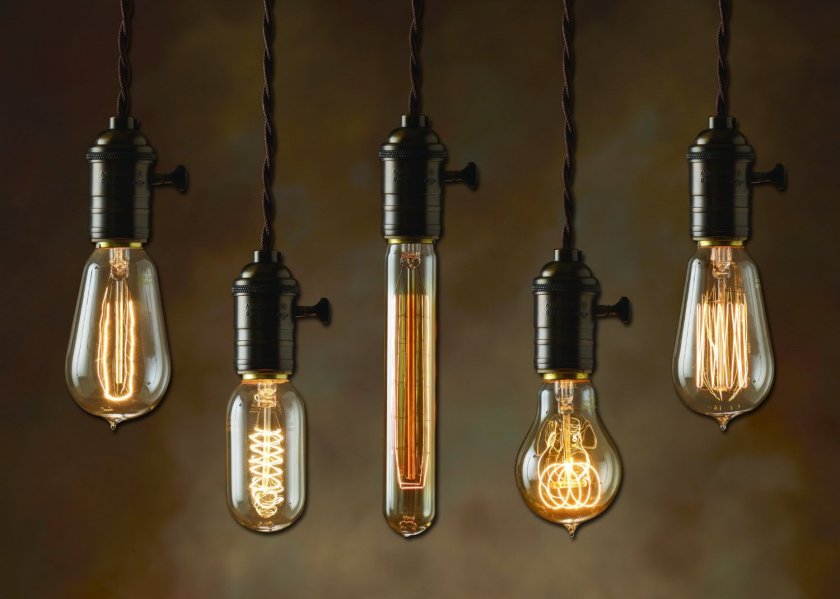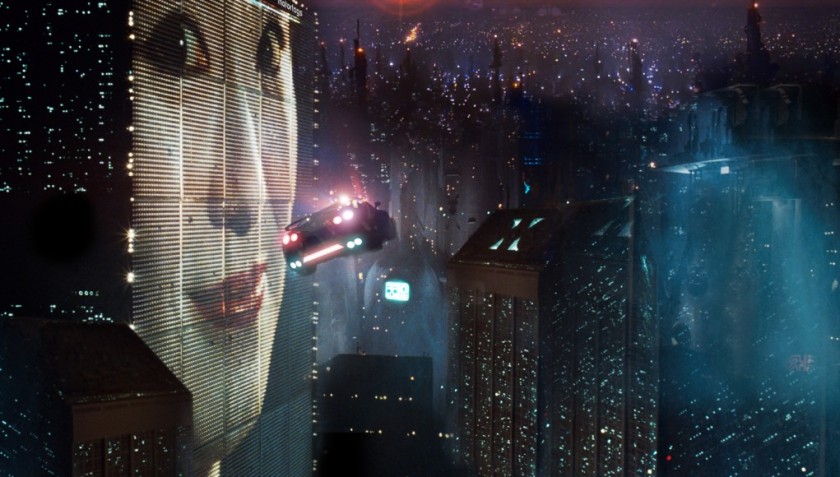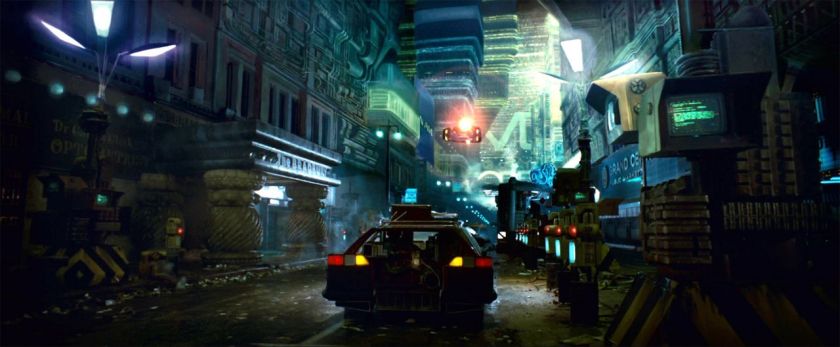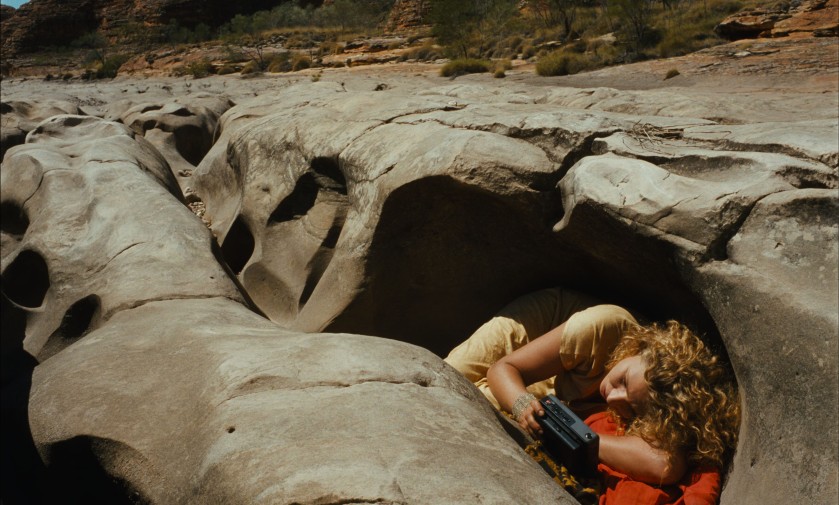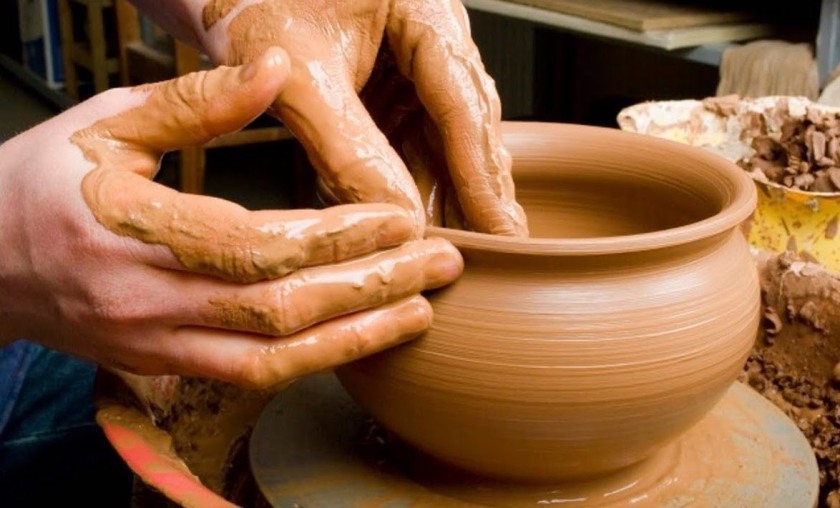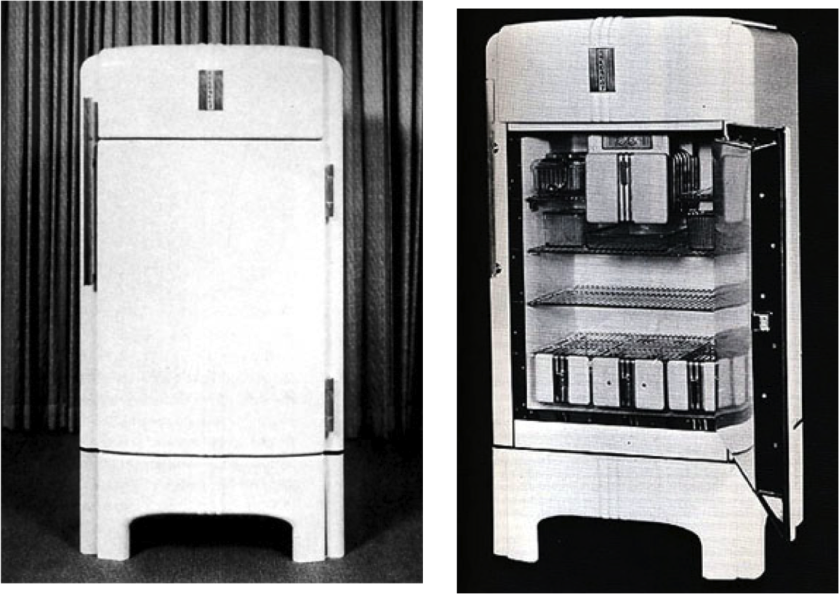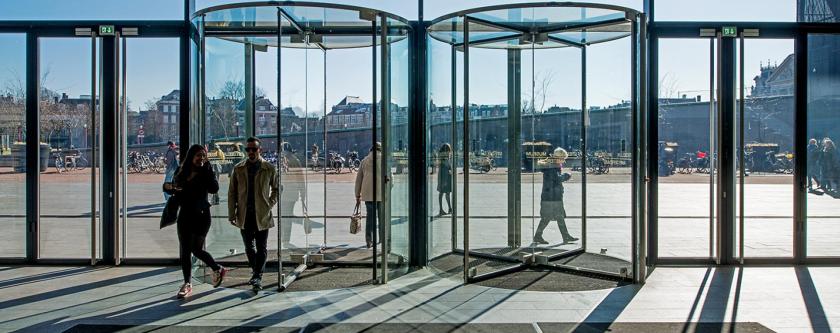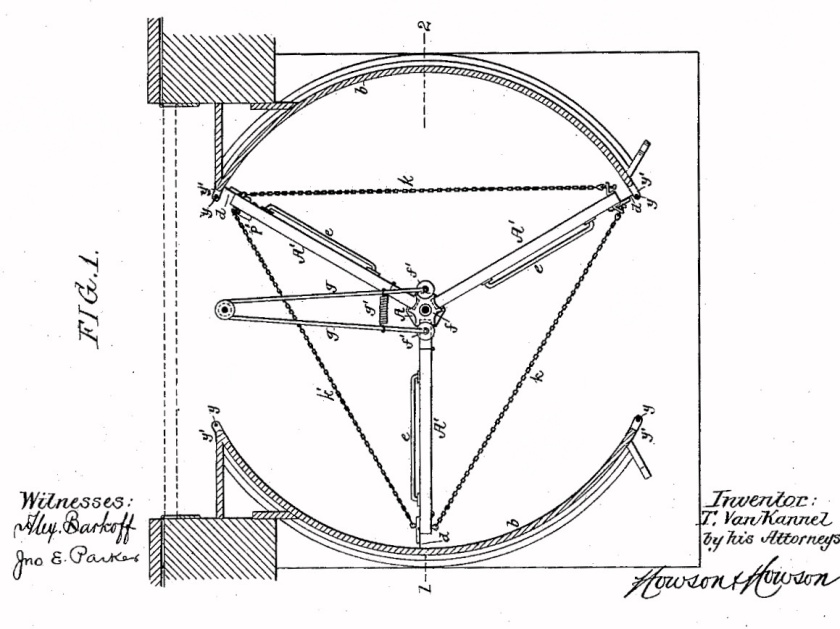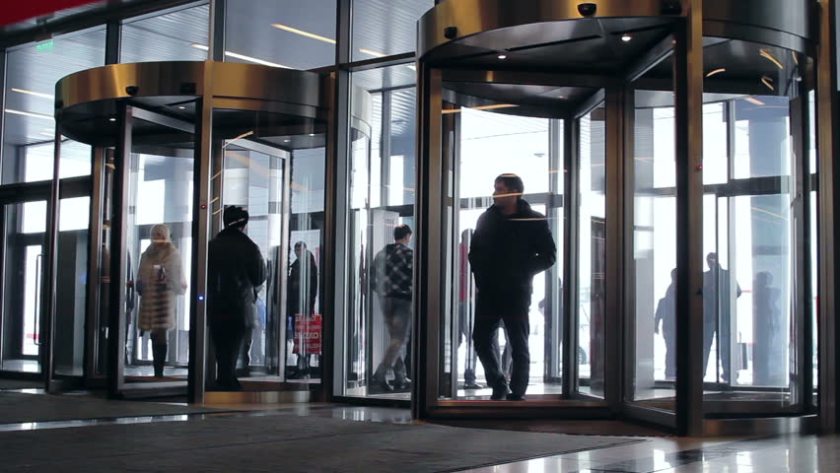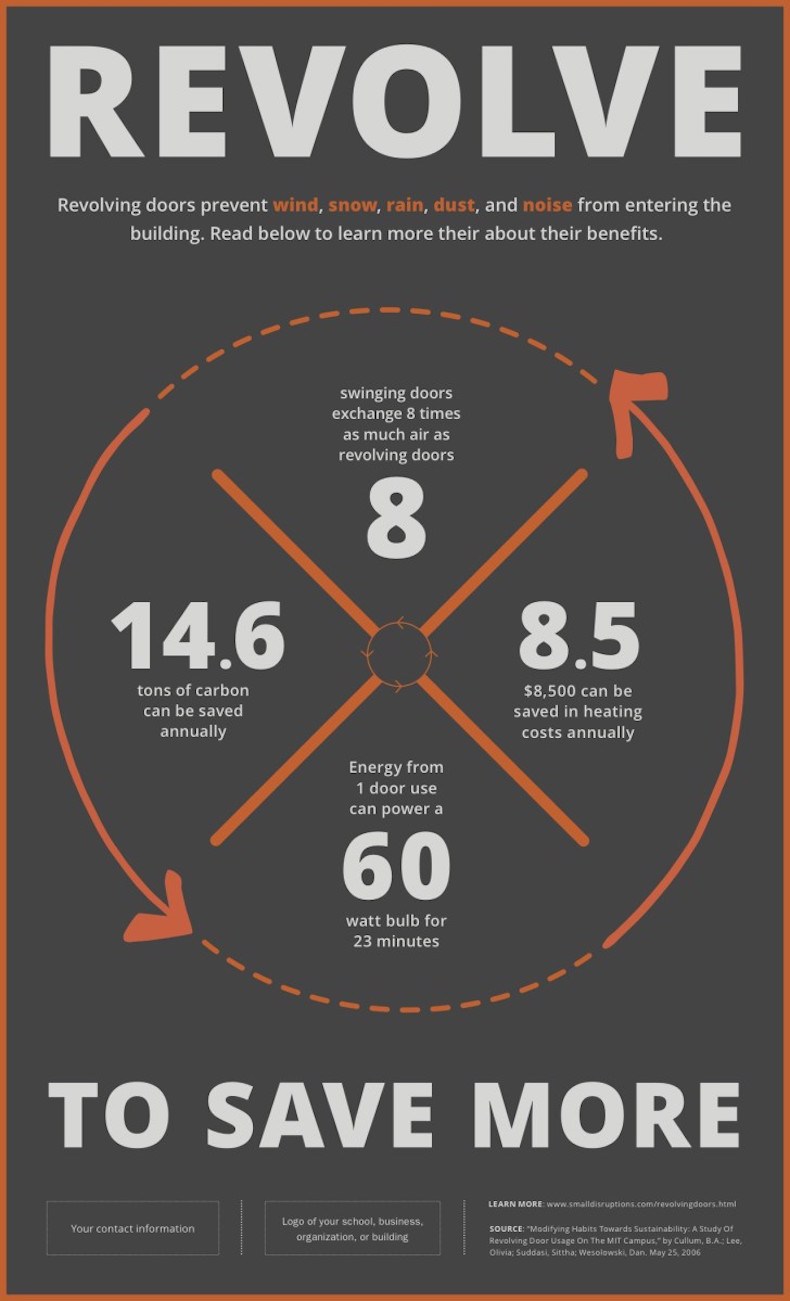Planned obsolescence has been around for almost 100 years. The environmental damage and questionable ethics involved became clear soon after it was first implemented and the method has been under serious criticism in recent years. This is why I am so disappointed that Apple, who claim to be a forward- thinking, environmentally conscious company, are so guilty of planned obsolescence.

Apple have been releasing a new iPhone every year for most of my lifetime. The hype over the release has been getting more and more intense with rumours about the new model circulating months in advance. This annual event is intended to encourage consumers to buy a new phone every 2/3 years or even on a yearly basis.

The stylistic obsolescence involved is very obvious and Apple doesn’t shy away from this. A big feature of any of their new products is the sleek aesthetic which they happily show off through flashy advertisements. Apple have created a unique brand with their clean, user friendly and quite frankly beautiful products. This has enticed many people, including myself, to pay significantly higher prices than you would for their competitor’s products. People buy into the Apple brand. I don’t actually have an issue with this, I understand that branding has a big influence over which product you buy. However if you are paying a high sum for a new iPhone or MacBook pro you would expect its lifespan to reflect this.

This is where I start to question Apple’s motives. Anyone who has owned an iPhone will be familiar with it slowing down as it gets old. When this happens we will find ourselves in the Apple store chatting to someone in a blue t-shirt and next thing you know you’ve spent £600 on the new iPhone. Fast forward a few years and it’s like deja vu – your new iPhone is now ‘old’ and you find yourself once again splashing the cash on a new one. We have just accepted it as a way of life. But why does our iPhone get slower? And why does this always seem to coincide with a new iPhone being released? This doesn’t happen just by chance… the product cycle you find yourself in is all part of Apple’s strategy.

Apple have been using their forced upgrade tactic for years. It started with a very simple alteration. In 2009, Apple started to use a five-point ‘security’ screw on some of their products. This screw fitting was unique to Apple so you couldn’t use a standard screw head to loosen it. As a result, consumers weren’t able to get inside their product. This caused a big issue in terms of battery replacements because you had to go directly to Apple to get a new battery. Apple offered battery replacements for a ridiculously high cost, in fact to replace the iPod shuffle battery cost the same as buying a new one. It often seemed like a more financially sound decision to just buy a brand new device rather than paying to repair the old one. Of course eventually people just made custom five-point screw heads and other companies offered to replace batteries for significantly cheaper. However this was not the end of Apple’s strategy, it was only the beginning.

In recent years there has been an accusation that Apple is using software updates to slow down your iPhone to the extent that it becomes obsolete. Apple customers across the globe have been finding that their older devices actually operate slower after a new update. This forced them to give up on their old device and buy the newest version – following the Apple product cycle.
Initially this was just a theory that sceptics came up with but the suspicion slowly spread and in December 2017 Apple was forced to admit that they actually were deliberately slowing down ageing iPhone models. However they pushed that this was carried out in the interest of increasing the devices lifespan. This seems counter-intuitive, but Apple say they were slowing down the operating system of iPhones to prolong battery life. I have to say I am not convinced by this. It seems too convenient that this strategy will also encourage people to just buy a new iPhone. Consumers are impatient and will quickly get fed up of using a slow responding phone.

Apple have apologised for this and have promised to be more transparent in future. They say that they take their customer’s trust very seriously which I struggle to comprehend when they are still denying any implementation of planned obsolescence. I am not the only one not sold on their excuses for making their phones have a shorter lifespan. There have been a number of law suits against Apple for their involvement with planned obsolescence. Last year, French prosecutors launched an investigation into planned obsolescence in Apple products. In France it is a crime to intentionally shorten the lifespan of a product and this is the first time the accusation is actually considered a criminal offence.
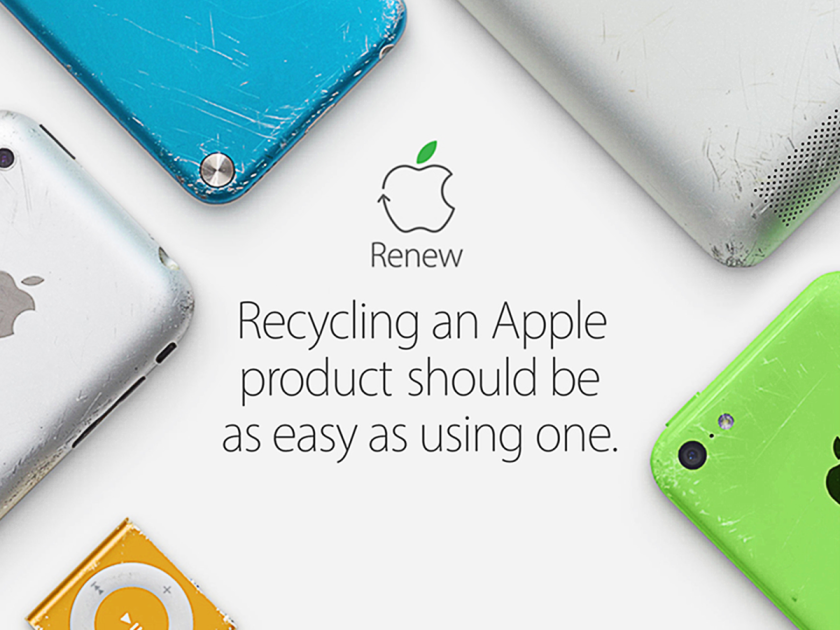
Apple are definitely trying to shake off their association with planned obsolescence. The environmental section of their website is certainly making them appear to be conscious and actively improving their environmental impact. They really push recycling at all stages of the product cycle. They are now using 100% recycled aluminium for the casing of the new MacBook Air and Mac Mini and recycled tin for the circuit boards in the new iPhones. Recycling of old devices is strongly encouraged and Apple actually offer discounts on new products in the exchange of old ones.
This is a step in the right direction, however it’s worth remembering that we should reduce, reuse and THEN recycle. Recycling should be treated as a last resort. The Apple website also claims that their products are “built to last as long as humanly possible”. That is a big statement and I’m not convinced that it is entirely true. Yes they have produced products that have impressive impact and water resistance but their short battery life is still a big issue and stylistic obsolescence is still in full swing.

As one of the biggest companies in the world, it is frustrating how much planned obsolescence is built into Apple’s products. How are we meant to fight planned obsolescence if a company with such high influence is involved in it. The sad fact is Apple’s entire financial system is built on planned obsolescence. They RELY on people constantly buying new devices. In order for Apple to reduce their environmental impact they would need to adjust their entire approach. This is a big ask and with the current climate crisis we can only hope they will make the right decision before it’s too late.









